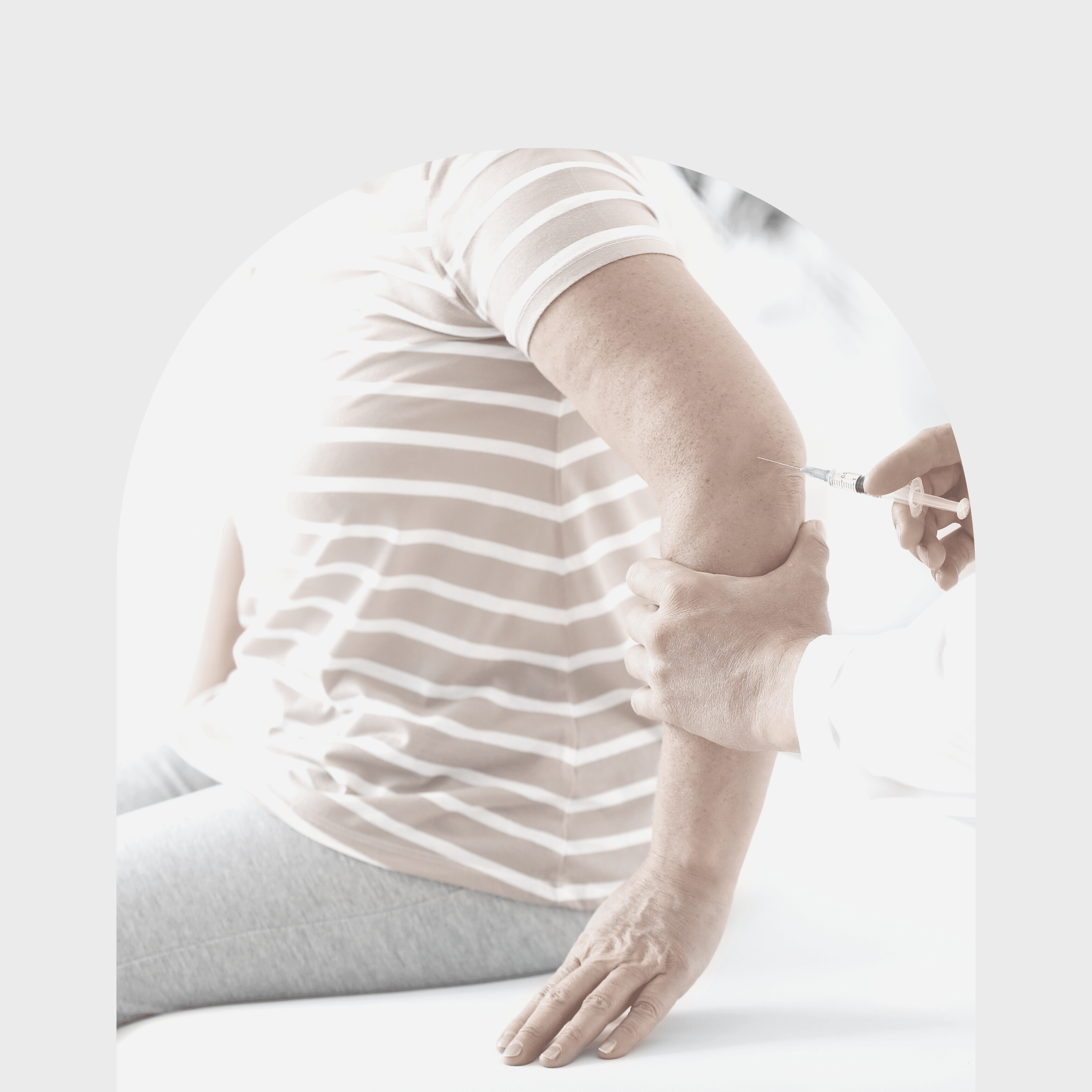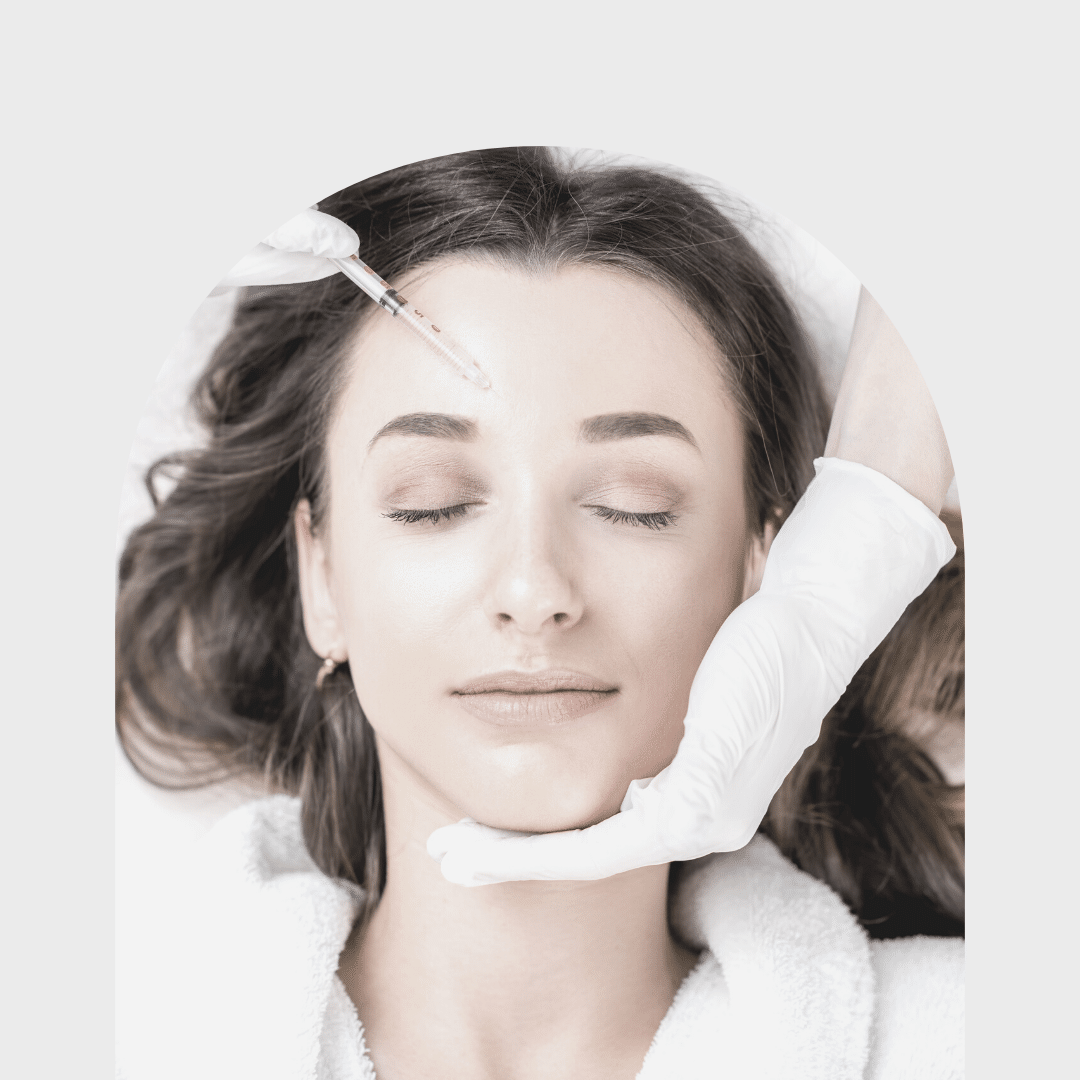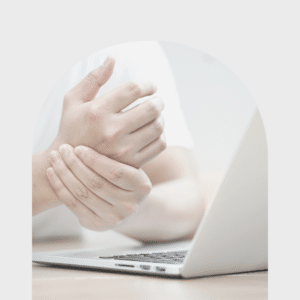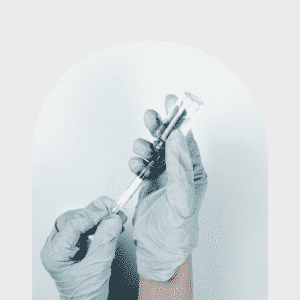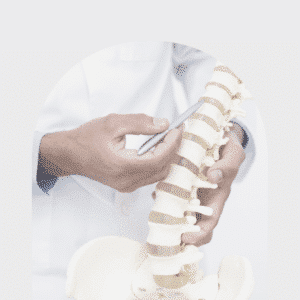Description
The first thing to know about Botox is that it always does the same thing no matter where it’s used. The substance is derived from a bacterium called Clostridium botulinum, which, believe it or not, is the most potent toxin known to man. One of the bacterium’s main effects is to cause paralysis, and that property is harnessed for medical purposes in the manufacture of Botox. The substance is injected into the body, where it blocks nerve endings from absorbing certain molecules they need to work properly. The diversity of its uses comes not from the substance itself, but in how different fields use its properties to a patient’s advantage.
Crossed Eyes and Eyelid Spasms
Botox was originally intended for people with crossed eyes, and case studies soon followed that showed it also had great benefits for stopping muscle spasms, specifically on the face.
Migraines
One FDA-approved use of Botox is for the treatment of migraines. As doctors were administering Botox treatments to patients for crossed eyes and eyelid spasms, they noticed those patients also started to report fewer headaches. The research followed, and the results were compelling enough that the FDA signed off on the application in 2010. Patients can receive injections once every three months, and studies have shown it can cut the number of days people experience migraines in half.
Foot Pain
Another surprising and practical use of Botox involves injections in the feet to prevent pain. Normally as we walk, our weight is distributed evenly over our feet, but that’s not the case for people who wear certain types of shoes like high heels, or those who may put more wear and tear on their feet, like athletes.
Overactive Bladder
About 33 million Americans suffer from overactive bladder each year, essentially meaning they constantly feel like they have to go to the bathroom and often wet themselves or have incontinence because they can’t get to the toilet fast enough. Nerve signals are telling the brain that the bladder has got to go urgently, and causing the bladder to spasm and leak. Botox’s paralytic properties can help here, as well, with some studies showing as many as 90 percent of patients see improvement.
Stomach Issues
An overactive bladder isn’t the only urological use for Botox. The injections can also be useful in treating patients who have trouble passing food from their stomachs into their intestines. The stomach is connected to the small intestine at the duodenum, and that junction involves a muscle called the pyloric sphincter. An injection of Botox can relax the muscle and let food pass more easily. Essentially, it turns the valve into the “on” position. This has proven especially useful for patients who experience these symptoms after surgery for esophageal cancer.
Other Uses
There are plenty of other uses still being tested for Botox, including treatment for everything from depression to premature ejaculation, and painful sex to abnormal heartbeats. Even cosmetic uses go beyond what most people envision.








